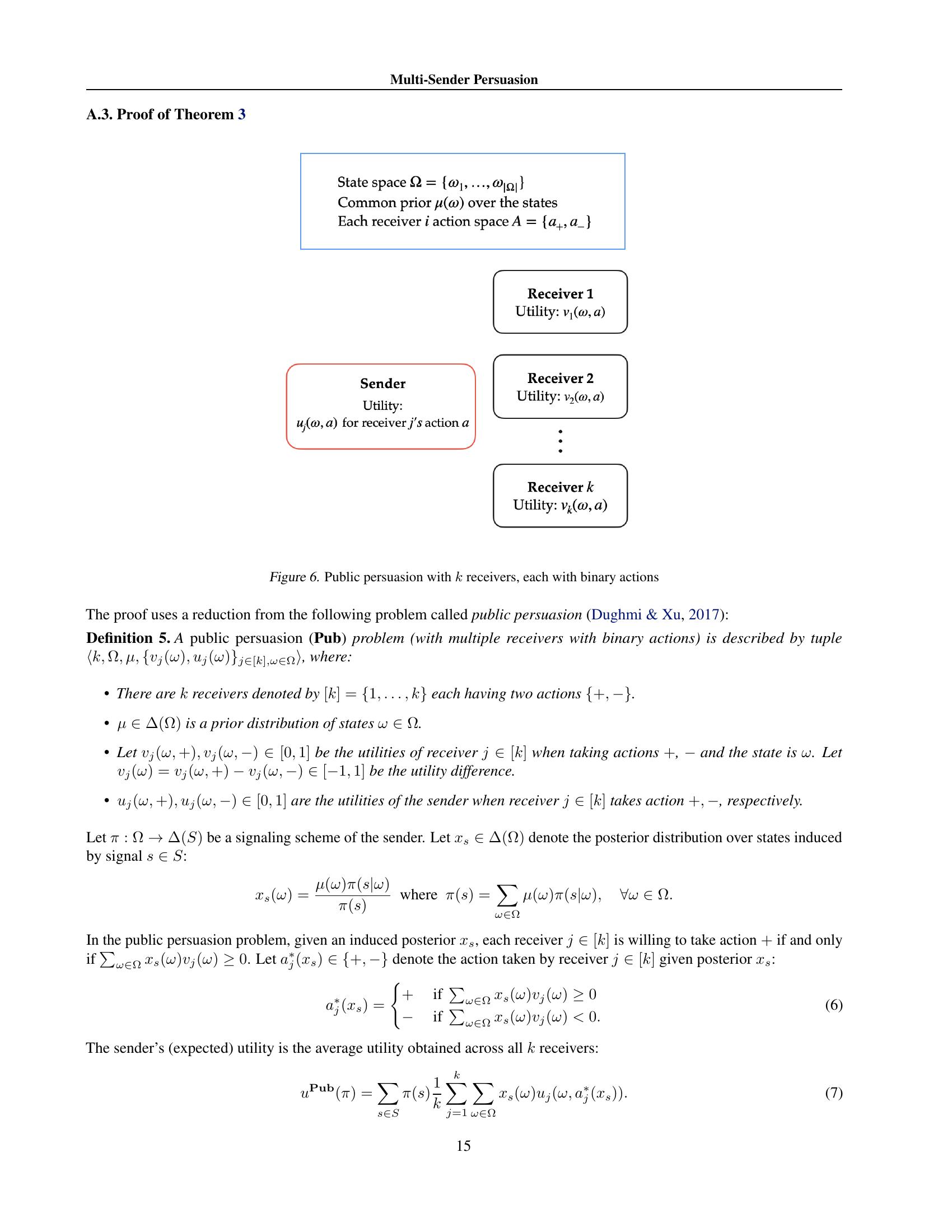Understanding the Distinction Between Unsubsidized and Subsidized Loans: A Comprehensive Guide
Guide or Summary:Unsubsidized LoanSubsidized LoanKey Differences Between Unsubsidized and Subsidized LoansImplications of Choosing Between Unsubsidized and……
Guide or Summary:
- Unsubsidized Loan
- Subsidized Loan
- Key Differences Between Unsubsidized and Subsidized Loans
- Implications of Choosing Between Unsubsidized and Subsidized Loans
In the realm of education financing, the terms "unsubsidized loan" and "subsidized loan" are central to the conversation around how students and their families navigate the complexities of higher education funding. Both loan types play pivotal roles in providing financial support to students, but they differ significantly in terms of eligibility, interest rates, and repayment options. This detailed guide delves into the definitions, distinctions, and implications of these two types of loans, offering valuable insights for anyone seeking to understand the intricacies of educational financing.
Unsubsidized Loan
At its core, an unsubsidized loan is a form of federal student loan that is not eligible for interest rate subsidies. Unlike subsidized loans, which are need-based and may cover a portion of the interest during specific periods, unsubsidized loans require borrowers to pay the full interest on the loan, regardless of their income level or employment status. This means that interest begins accruing as soon as the loan is disbursed, and borrowers are responsible for making interest payments while they are enrolled in school, during the six-month grace period after graduation, or while on a deferment or forbearance period.

Subsidized Loan
On the other hand, a subsidized loan is a type of federal student loan that is need-based and offers interest rate subsidies. This means that the government covers the interest on the loan while the borrower is enrolled at least half-time in an approved degree or certificate program. Subsidized loans are available only to undergraduate students who demonstrate financial need, as determined by the Free Application for Federal Student Aid (FAFSA). The subsidy continues as long as the borrower remains enrolled in an eligible program, making it a popular choice for students who may not have the financial means to cover the interest on an unsubsidized loan.
Key Differences Between Unsubsidized and Subsidized Loans
The primary distinction between unsubsidized and subsidized loans lies in the interest subsidies they offer. Subsidized loans provide interest relief during specific periods, such as while the borrower is enrolled in school, whereas unsubsidized loans do not. This difference has significant implications for borrowers, as it affects the amount of interest they will pay over the life of the loan. Additionally, while both loan types are available to students, subsidized loans are only available to those who meet certain income and asset criteria, making them less accessible to some students.
Another notable difference between the two loan types is the maximum amount that can be borrowed. For undergraduate students, the maximum amount for a subsidized loan is $13,500 per year for a four-year course of study, while the maximum for unsubsidized loans is $13,500 per year for undergraduate students and $20,500 per year for graduate students. These caps reflect the financial need assessments and the government's goals to provide support to students who need it most.

Implications of Choosing Between Unsubsidized and Subsidized Loans
The choice between unsubsidized and subsidized loans can have far-reaching consequences for borrowers. Students who opt for unsubsidized loans may find themselves incurring higher interest costs over the life of the loan, as they are responsible for paying interest from the moment the loan is disbursed. However, unsubsidized loans are available to a broader range of students, regardless of their financial need, making them a viable option for those who do not qualify for subsidized loans.
On the other hand, students who choose subsidized loans may benefit from lower interest costs during their time in school, as the government covers the interest. However, they must meet specific income and asset criteria to qualify, which may limit their access to this type of loan. Additionally, the subsidy ends once the borrower graduates or withdraws from school, at which point they are responsible for paying the full interest on the loan.
In conclusion, understanding the distinctions between unsubsidized and subsidized loans is crucial for students and their families as they navigate the complexities of educational financing. By carefully considering their financial situation, eligibility criteria, and long-term financial goals, borrowers can make informed decisions about which loan type is best suited to their needs. Whether opting for unsubsidized loans or seeking out subsidized loan opportunities, students can take steps to secure the financial support they need to pursue their educational aspirations.
